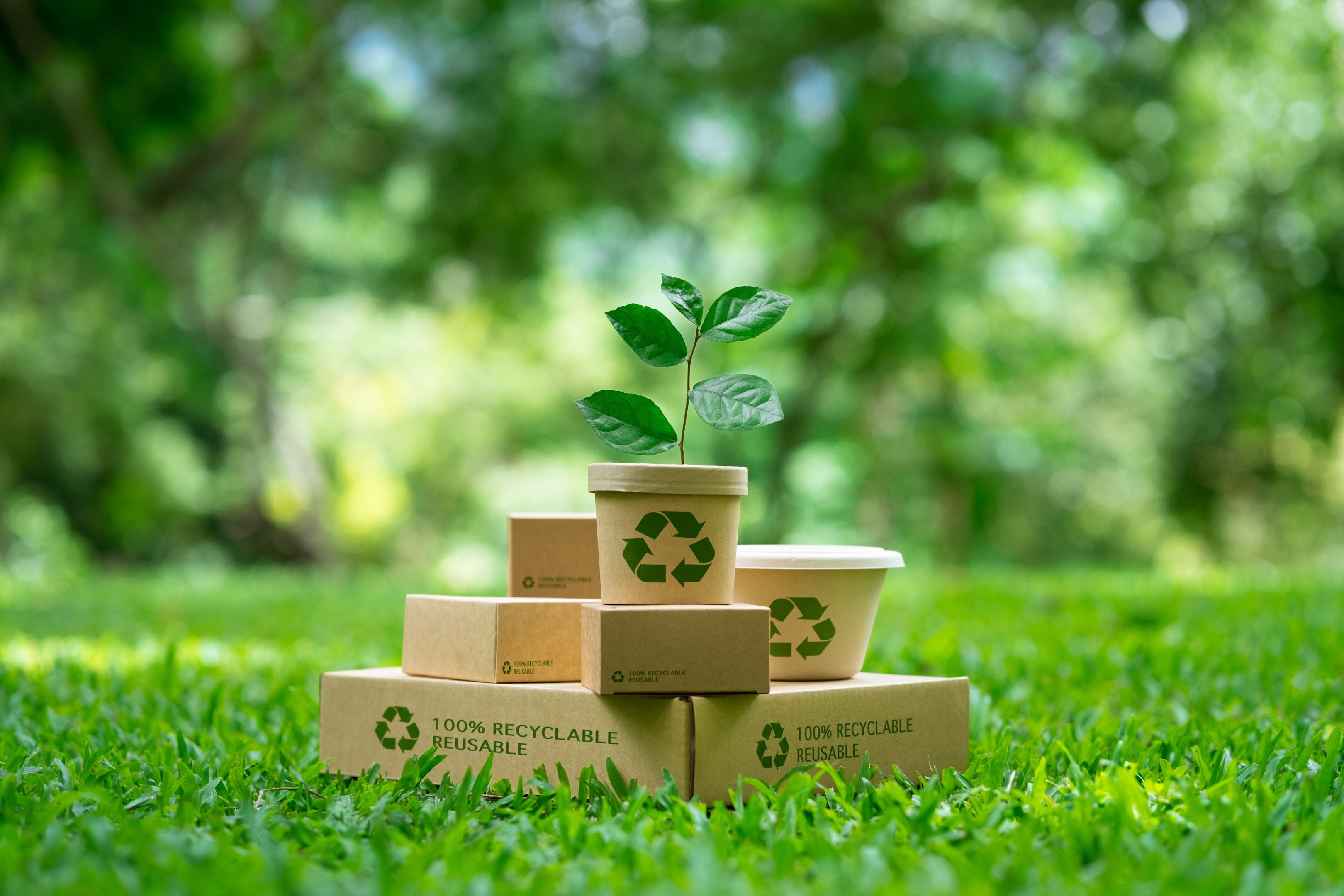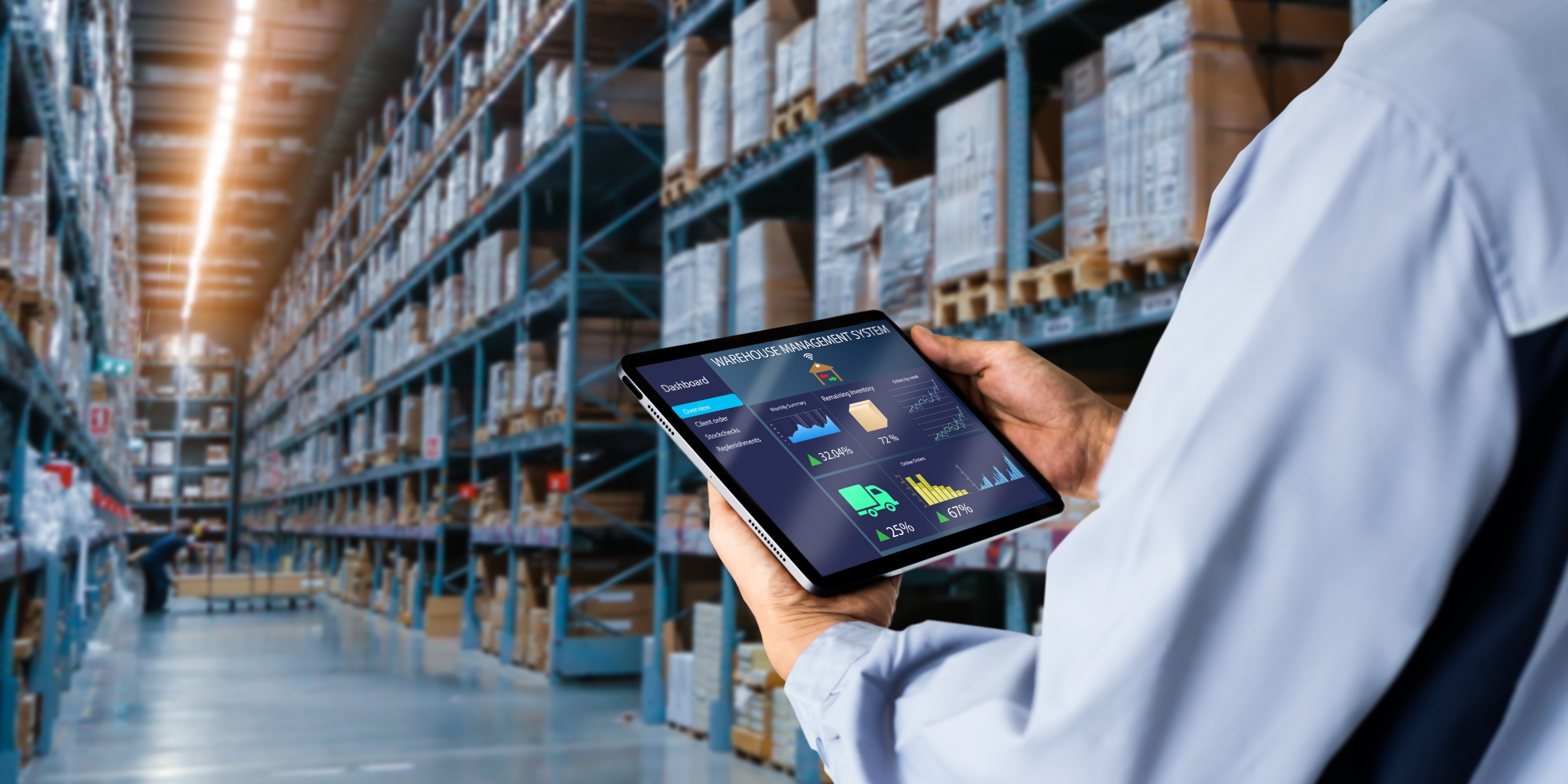What is the PPWR Directive and how will it affect manufacturers?

In the face of the growing climate crisis and a dramatic surge in packaging waste, the European Union is taking decisive action to protect the environment and conserve natural resources.
Each year, the EU generates over 80 million tons of packaging waste. Without significant intervention, this number is projected to rise further. Much of this packaging is not recycled and ends up in oceans, rivers, and soil—posing serious threats to biodiversity and human health.

The new EU regulation, known as the Packaging and Packaging Waste Regulation (PPWR), is a direct response to these environmental challenges. It’s not just about reducing plastic use. The PPWR promotes circular economy models, drives innovation, and ensures a level playing field for businesses across EU member states.
Environmental protection is no longer optional—it’s essential. Industries, retailers, and producers worldwide must actively embrace this transformation to remain competitive, meet customer expectations, and comply with emerging regulations.
What is the PPWR?
The Packaging and Packaging Waste Regulation (PPWR) is a landmark EU regulation designed to significantly reduce packaging waste, improve recycling rates, and harmonize rules across all member states. It replaces the previous Directive 94/62/EC.
The PPWR came into force on February 11, 2025, with implementation beginning in 2026. Additional requirements will be phased in over the following years.
Unlike directives, which require transposition into national laws, regulations like the PPWR are directly applicable in all EU countries. This ensures faster, more consistent enforcement across borders—eliminating legal fragmentation and increasing clarity for international companies doing business in the EU.
Key objectives of PPWR
- Prevent environmental pollution from packaging waste
- Increase packaging waste recycling rates
- Introduce minimum recycled content requirements for plastic packaging
- Restrict single-use packaging—especially plastic-based
- Standardize labeling and packaging markings across the EU
- Promote reusable packaging solutions
- Ensure sustainable packaging design with minimal material usage

Notable targets and rules include:
- Mandatory packaging waste reduction: 5% by 2030, 10% by 2035, and 15% by 2040 (compared to 2019 levels)
- Selective collection requirements for single-use plastic bottles and metal beverage containers
- Bans on certain single-use plastic packaging (e.g., for fruits and vegetables under 1.5 kg, or for condiments like ketchup and cream)
- Packaging must be designed to minimize weight and volume
- By 2030, packaging must not exceed 50% empty space

What the PPWR means for manufacturers?
While the regulation will apply uniformly across the EU, its implications reach all producers selling into the European market, regardless of origin.
- New Design and Material Requirements
Producers must follow eco-design principles—reducing material diversity, avoiding non-recyclable multi-material structures (like PET/AL/PE), and ensuring recyclability.
- Recycled Content Mandates
Plastic packaging—especially in beverage and personal care sectors—must meet rising thresholds for recycled content:
- 30% by 2030
- 65% by 2040
- Reporting & Digital Product Passports
Producers will need to digitally track and report packaging materials, sources, and recyclability via Digital Product Passports (DPPs).
- Deposit Return Systems (DRS)
Countries must implement DRS for beverage containers (glass, plastic, aluminum). Producers will be financially responsible for participating in these systems.
- E-commerce and Export Adjustments
E-commerce packaging must reduce empty space. Exporters to the EU must align their packaging with EU standards, regardless of where products originate.
Practical implications of the regulation
To comply with the PPWR, companies will need to:
- Upgrade packaging lines and reconsider suppliers for sustainable materials
- Implement IT systems for lifecycle management and environmental reporting
- Audit existing packaging portfolios and adopt eco-design policies
- Prepare for involvement in national deposit return systems
- Ensure compliance across global production and supply chains for any products targeting EU markets

Summary
The PPWR represents the most significant packaging legislation in the EU in decades. Its impact will ripple far beyond packaging departments, influencing:
- Product design
- Supplier relationships
- Manufacturing processes
- IT infrastructure
- Marketing and brand strategy
Adapting will be challenging and complex. Companies must assess current packaging, plan adjustments, and engage suppliers early. Digital tools—such as PLM (Product Lifecycle Management) systems, IoT, and MES platforms—will be essential for tracking materials, automating reports, and managing compliance.
Labeling and packaging will also require redesign to meet new traceability and collection standards.
The PPWR is not a one-off initiative—it’s a multi-phase transformation program that requires strategic oversight, ideally led by sustainability or executive leadership teams.
Proactive businesses that prepare early will gain a real competitive advantage. Beyond compliance, the PPWR offers opportunities to cut costs, boost efficiency, strengthen brand reputation, and meet evolving consumer and partner expectations.
Now is the time to act.
Read also:
